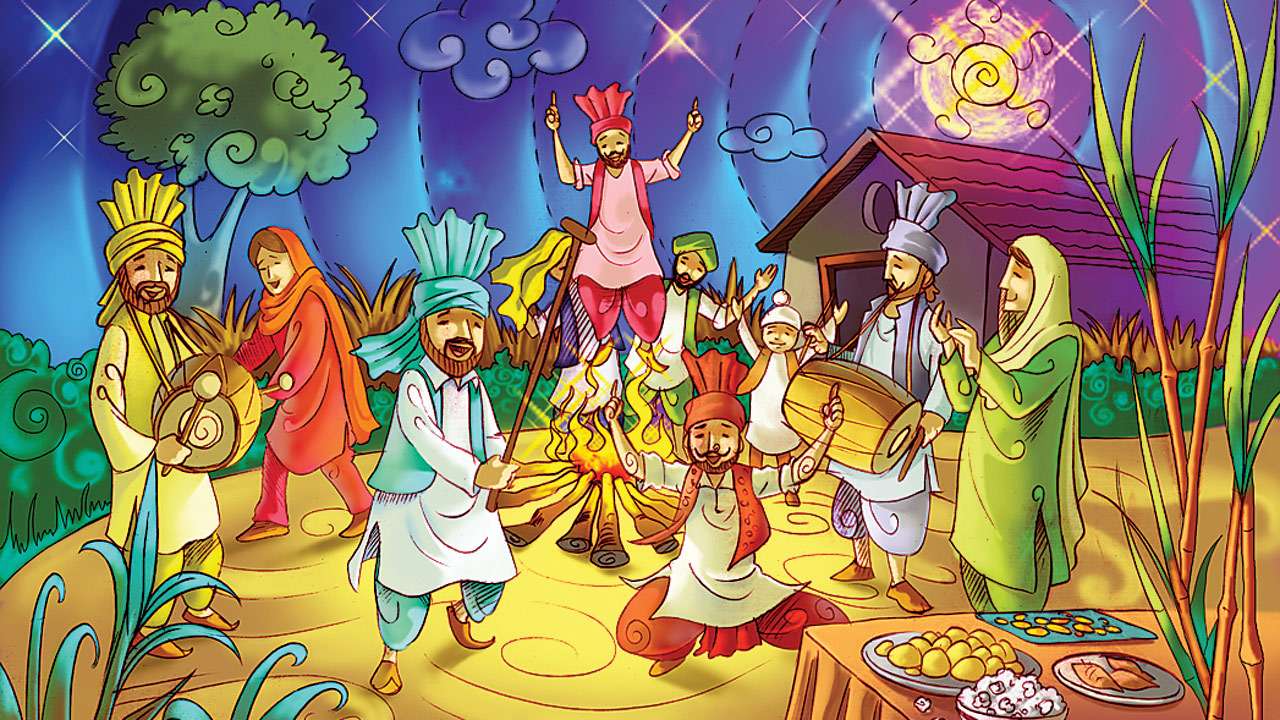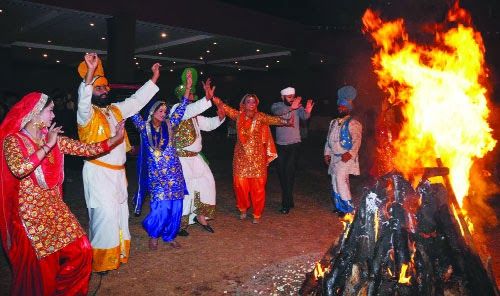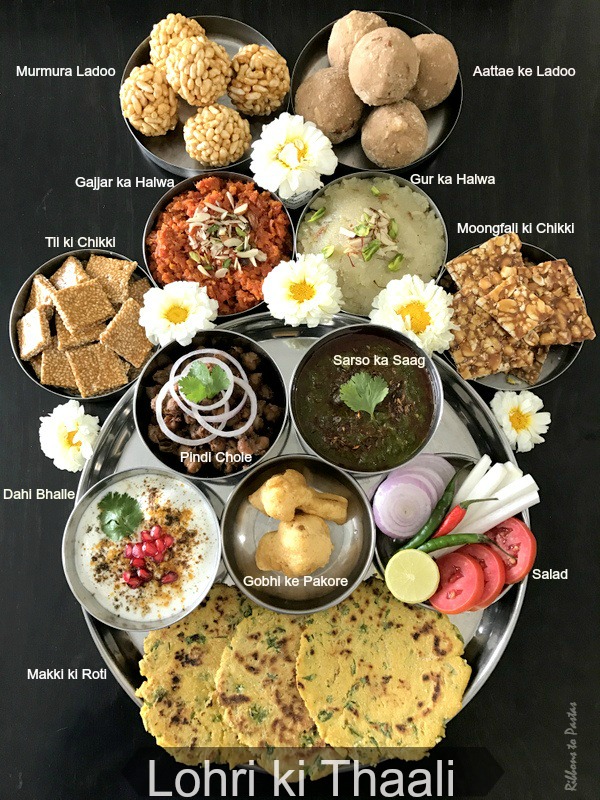Lohri 2021: Here are some interesting facts, significance about harvest festival
Lohri, the harvest festival celebrated on January 13 every year, marks the end of winter and the time to harvest rabi crops. As the festival is around the corner, enthusiastic people across the country are gearing up to lit the bonfire, whirl around it singing Punjabi folk songs, and popping sesame seeds, popcorn, jaggery, and rewaris. But, before you wish a happy Lohri to your close ones, here are the significance and interesting facts about the joyous festival.

New Delhi: Lohri, the harvest festival celebrated on January 13 every year, marks the end of winter and the time to harvest rabi crops. As the festival is around the corner, enthusiastic people across the country are gearing up to lit the bonfire, whirl around it singing Punjabi folk songs, and popping sesame seeds, popcorn, jaggery, and rewaris. But, before you wish a happy Lohri to your close ones, here are the significance and interesting facts about the joyous festival.
The occasion holds great significance among farmers, as they thank the almighty for a bountiful harvest of crops and forth on the occasion.

"Lohri is also known as Maghi, as it is celebrated in the month of 'Maagh' and historically, during the 19th century, revenue for winter crops was collected on this day or Sankrant," told Gurnek Singh, a member of Delhi Sikh Gurudwara Management Committee.
Traditionally, Lohri is also called as 'Lohi' in Punjabi. In houses that have recently had a marriage or childbirth, the celebrations of the festival are observed at a grand scale, otherwise, people usually have private Lohri celebrations, in their houses.
Also Read |
President greets nation on Lohri
The major part of the festival is its folk songs. While whirling around the bonfire ladies performer 'gidda' and sing 'Sundar Mundariye' song which has words to express gratitude to 'Dulla Bhatti.' The tale behind the main song is known by a very few.
"The theme of many folk songs of this festival is Dulla Bhatti, a man who lived in Punjab during the reign of Mughal Emperor Akbar", 75-year-old Sheila Taneja from Amritsar told ANI.
Continuing the tale, she said "Bhatti was regarded as a hero in Punjab for rescuing girls from being forcibly taken to be sold in the slave market of the Middle East. Amongst those, he saved two girls named Sundri and Mundri, who gradually became a theme of Punjab' folklore."
"During the celebrations, children go around homes singing the traditional folk songs of Lohri with Dulla Bhatti's name included. One person sings, while others end each line with a loud "Ho!", she added.
Also Read |
Lohri 2018: Let your fashion do the talking
It is then followed by offering prayers to the mother earth, the sun deity, the fire, and the fields for prosperity, health, and good harvest, according to Gurnek Singh.
In states like Punjab and Haryana, kite flying competition is also observed. Markets are filled with aromatic traditional delicacies like gajak, peanuts, and popcorns. The vibe turns completely joyous when everybody dances to the beats of dhol, and dives into the scrumptious feast served.
Hence, with the hope that the large flames of the bonfire will carry the prayers of the people to God and bring warmth to the fields to help crops grow, people commemorate the day by exchanging greetings and gifts to their relatives and friends. (ANI)
 Dynamite News
Dynamite News 
